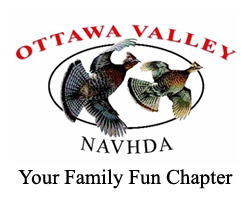Overview of Testing
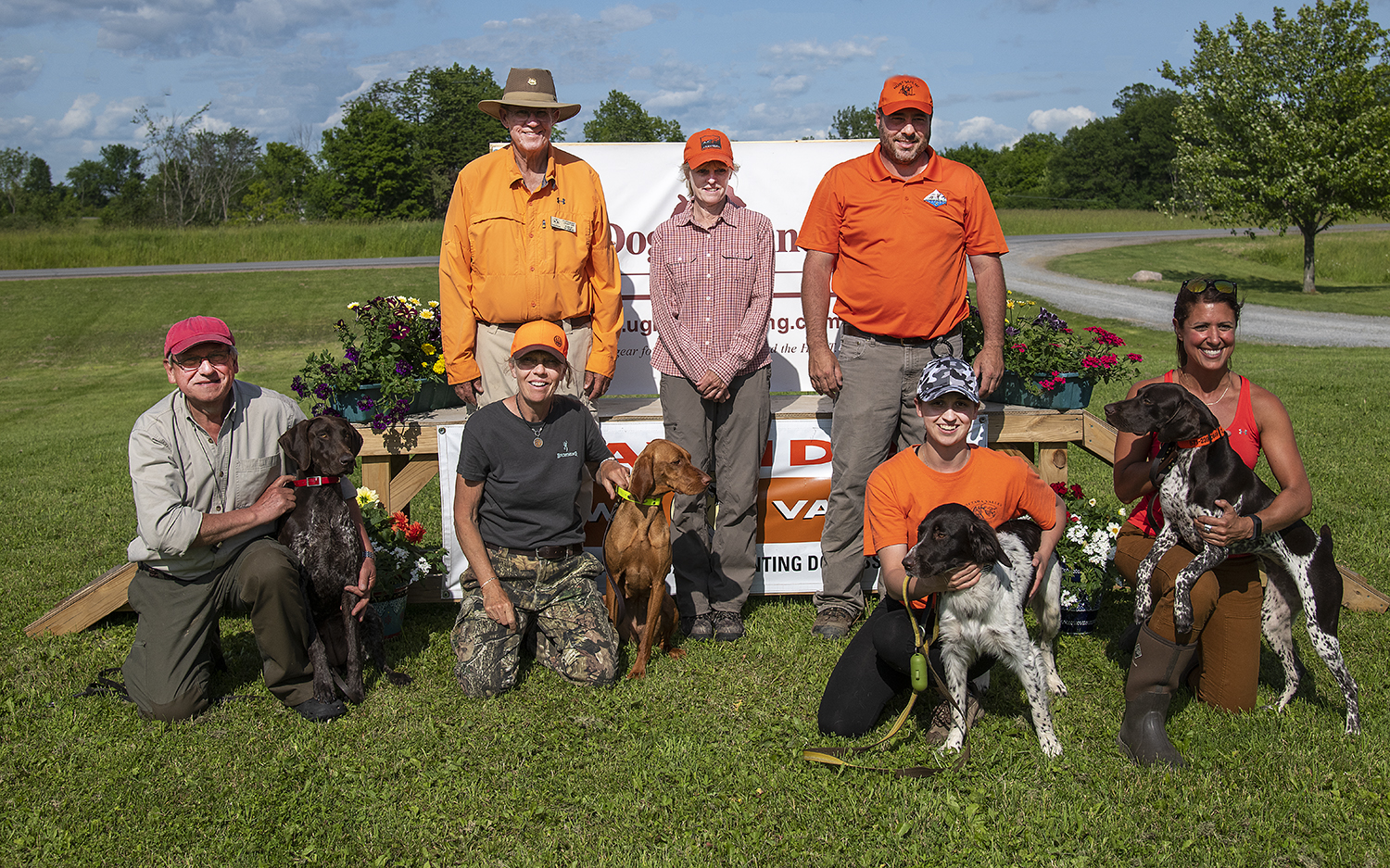
In 1969, NAVHDA established a system of comprehensive tests that truly measure all aspects of work for the versatile hunting dog breeds.
The trialing systems in use in North America before this time were established for specialists. The NAVHDA system provides for testing at various stages of maturity. Performance records are kept and made available through our Test Information Service since they provide invaluable information for both breeder and buyer alike. For complete testing information download the AIMS PROGRAMS TEST RULES available both in English and in French.
NAVHDA chapters sponsor four kinds of tests:
Natural Ability Test
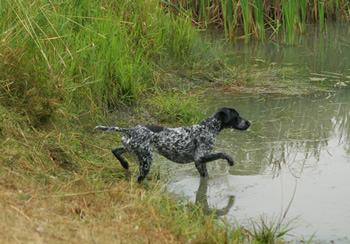
The Natural Ability Test which is designed to evaluate the inherent natural abilities of young dogs and gain insight into their possible usefulness as hunting dog. The Natural Ability Test is organized into four main segments, or phases, as follows:
- Field Phase – The dog is hunted in cover where the presence of game has been assured by the releasing of game birds.
- Tracking Phase – The dog is given an opportunity to track a flightless running pheasant or chukar.
- Water Phase – The dog is tested for its willingness to swim.
- Judgment of Physical Characteristics. No game is shot, and no retrieves are required during the Natural Ability Test.
There is no set sequence for conducting the four general phases. It is desirable, though not necessary, to test the young dog on tracking after it completes the field test because usually by then the dog has settled down and is better able to concentrate. Also, it is desirable to evaluate the coat immediately after the dog completes the water test.
Utility Preparatory Test
The Utility Preparatory Test measures the dogs’ development midway through their training toward the Utility Test.
The Utility Preparatory Test is divided into two groups:
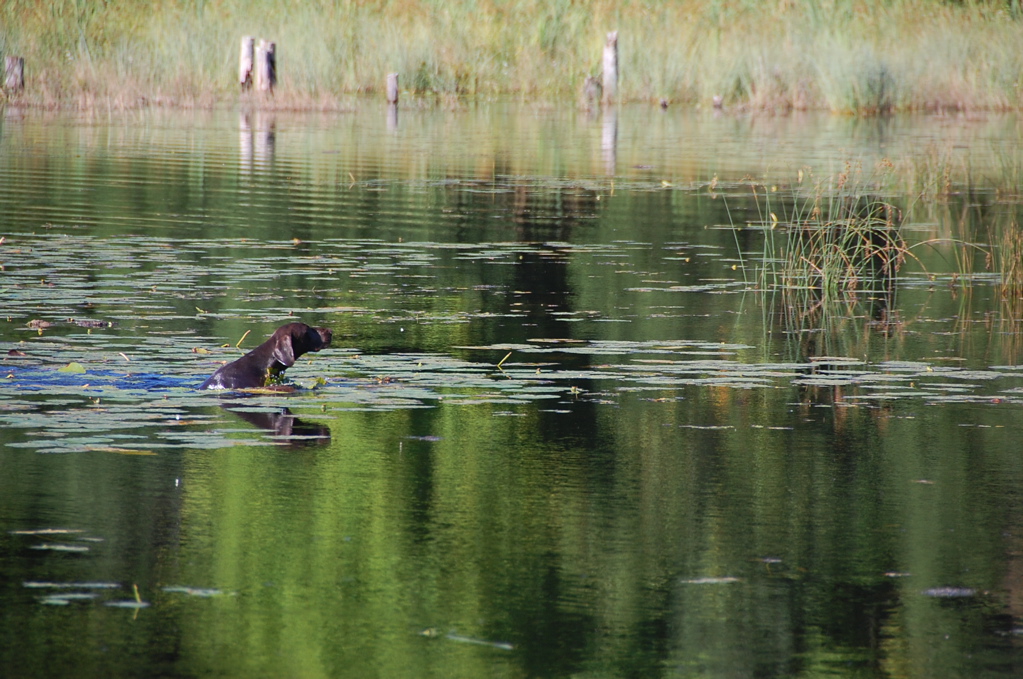
Water Group
- Water Search
- Walking at Heel
- Steadiness by Blind
- Retrieve of a Duck
Field Group
- Search
- Pointing
- Steadiness on Game
- Retrieve of Shot Bird
- Retrieve by Drag
There is no set sequence for conducting the two groups of tests or for individual tests within a group. The decision on this matter is the responsibility of the Judging Team.
The following are judged throughout the Utility Preparatory Test:
- Use of Nose
- Desire to Work
- Cooperation
- Obedience
- Physical Attributes
Utility Test
The Utility Test evaluates trained dogs in water and field, before and after the shot, as finished versatile hunting companions as well as many other specific tasks.
The individual tests are divided into two groups as shown below:
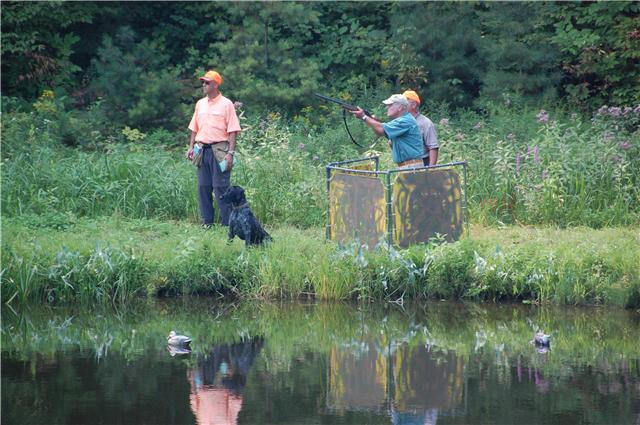
Water Group
- Search for a Duck
- Walking at Heel
- Remaining by Blind
- Steadiness by Blind
- Retrieve of a Duck
Field Group
- Search
- Pointing
- Steadiness on Game
- Retrieve of Shot Bird
- Retrieve of Dragged Game
There is no set sequence for conducting the two groups, or for individual tests within a group. The decision on this matter is the responsibility of the Judging team.
The following are judged throughout the Utility Test:
- Use of Nose
- Desire to Work
- Cooperation
- Stamina
- Obedience
- Physical Attributes
Invitational test
The Invitational Test is our highest level of testing. Only dogs who have achieved a Prize I in Utility are eligible. This limits the entry to exceptional animals who have demonstrated a high level of training and tests their skills in the advanced work.
To be truly meaningful, tests for versatile hunting dogs must meet certain criteria. They must be conducted in an environment which reflects actual hunting conditions and situations. They must test the important qualities of a good versatile dog. Judges must be knowledgeable, consistent and objective. All testing and evaluation is to be within the context of judging dogs as useful, productive hunting companions. NAVHDA tests have been designed with these requirements in mind. In addition, our record keeping provides an accurate, complete performance evaluation on each dog tested The results of these tests for specific breeds are available through our Test Information Service.
In order to eliminate direct competition between dogs, entrants in a NAVHDA test are judged one at a time, by three judges, with their performance scored against a standard. The only exception to this is the Invitational Test, in which dogs are braced in the field so each dog can demonstrate his willingness to back and work effectively with another dog. Prizes are awarded on the basis of numerical scores achieved in the test. Each dog that meets or exceeds minimum standards in all areas of work is placed in one of three categories: Prize I, II or III. Prize I being the highest classification. If all dogs entered in a NAVHDA test perform well, all can receive a prize.
